Types of Warehouse Racking – The Storage Solutions
What is the warehouse racking? Warehouse racking systems are frames designed to efficiently store palletized goods. They form the structural backbone of any manual or automated warehouse operation by maximizing vertical space, improving accessibility, and supporting the flow of inventory.
Choosing the right racking system impacts everything from labor efficiency and space utilization to product safety and automation compatibility. For warehouse managers in the automated storage and logistics industry, understanding the pros, cons, and appropriate use cases of each racking system is essential.
How many types of common warehouse racking?
Selective pallet
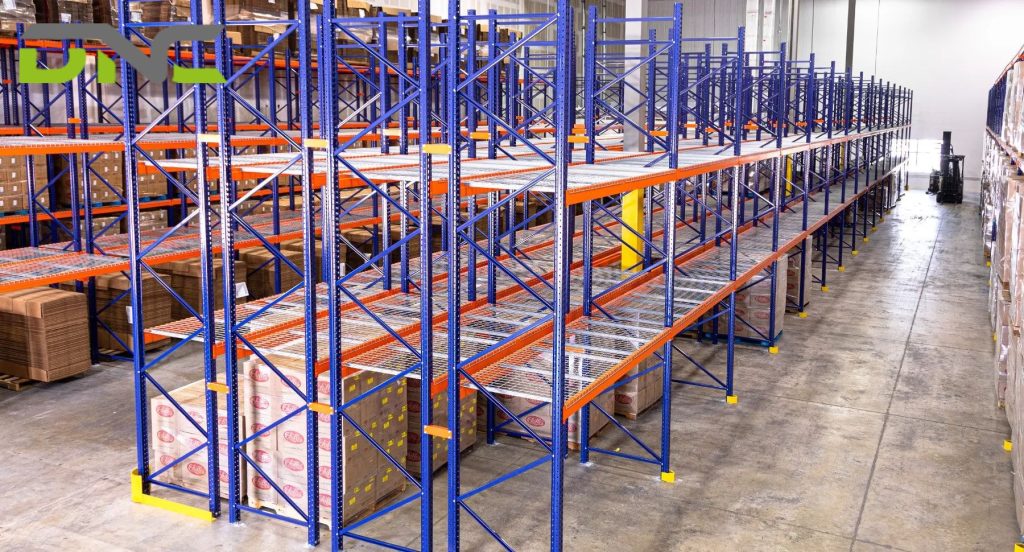
Selective pallet
Advantages
- Access to all pallets at all times.
- Easily adjust shelf levels to accommodate different pallet sizes.
- Easily integrates with most warehouse automation systems and forklifts.
- Reasonable price: around $80–$150 per pallet position.
Disadvantages
- Lower storage density than other systems.
- Requires more aisle space, reducing total storage capacity in confined areas.
Applications
- Ideal for warehouses with high SKU diversity, fast inventory turnover, and operations that follow FIFO (First-In, First-Out) inventory strategies.
- Suitable Products: Packaged goods, retail products, consumer electronics, e-commerce stock.
Duty pallet racking
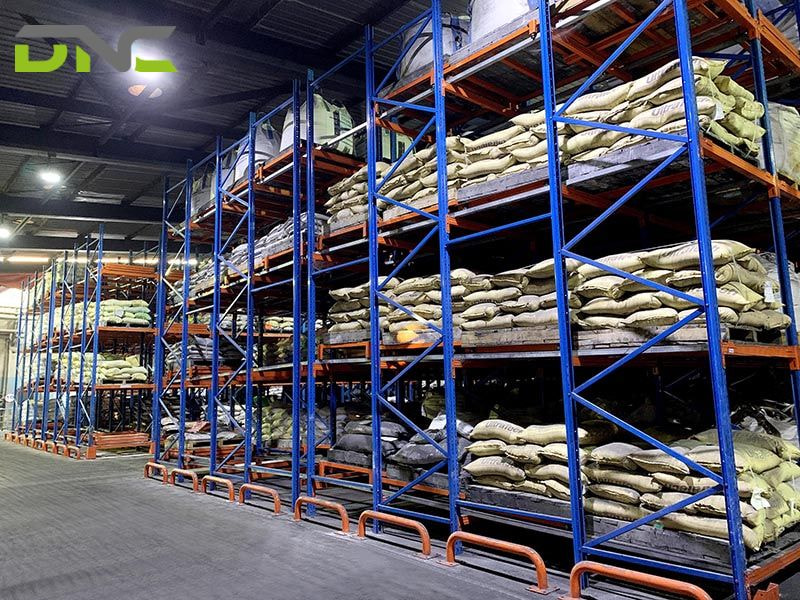
Duty pallet racking
Advantages
- High load capacity, suitable for industrial materials.
- Durable and stable structure, often reaching the warehouse ceiling.
- Customized beam length and vertical frame can be flexibly adjusted.
Disadvantages
- Reinforced floors may be required due to heavy loads.
- Installation costs are higher than light-duty racking by approximately $120–$200 per pallet position.
Applications
- Best for warehouses handling heavy-duty machinery parts, raw materials, large containers, or bulk items.
- Suitable Products: Engine blocks, metal drums, industrial molds, palletized construction materials.
Cantilever racking system
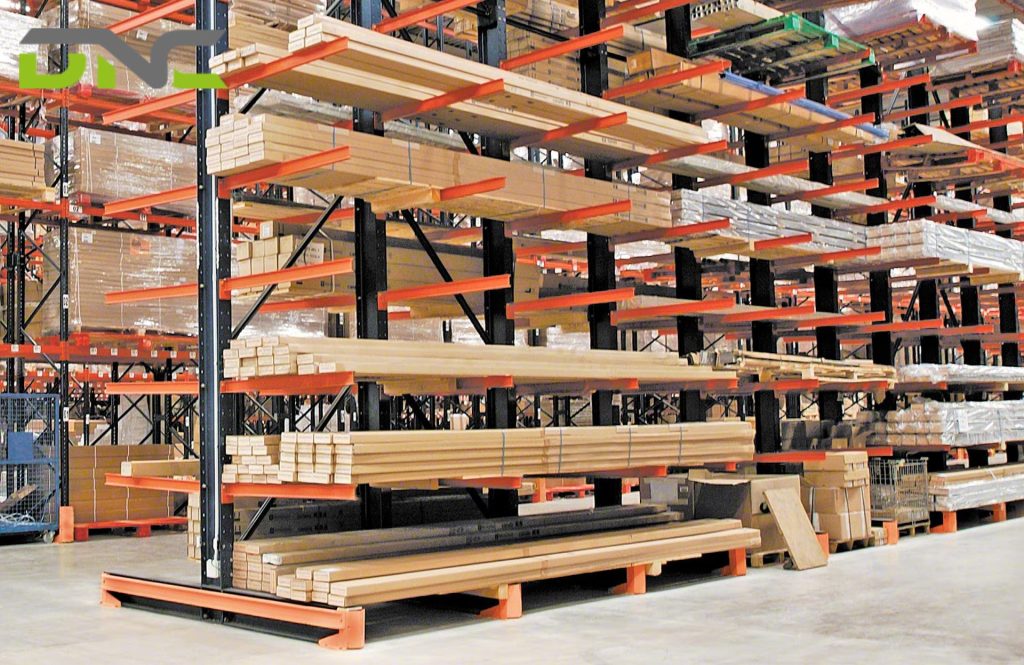
Cantilever racking system
Advantages
- No vertical obstructions in front, allowing easy loading and unloading.
- The handle is adjustable for products of different lengths.
- The design, durability, and safety standards are very good, can be used for a very long time
- Suitable Products: Timber, steel pipes, plastic tubing, furniture panels.
Disadvantages
- Not suitable for standard pallets.
- Takes up a lot of horizontal space
- Initial investment costs are quite high at $250–$500 per bay.
Push-back racking
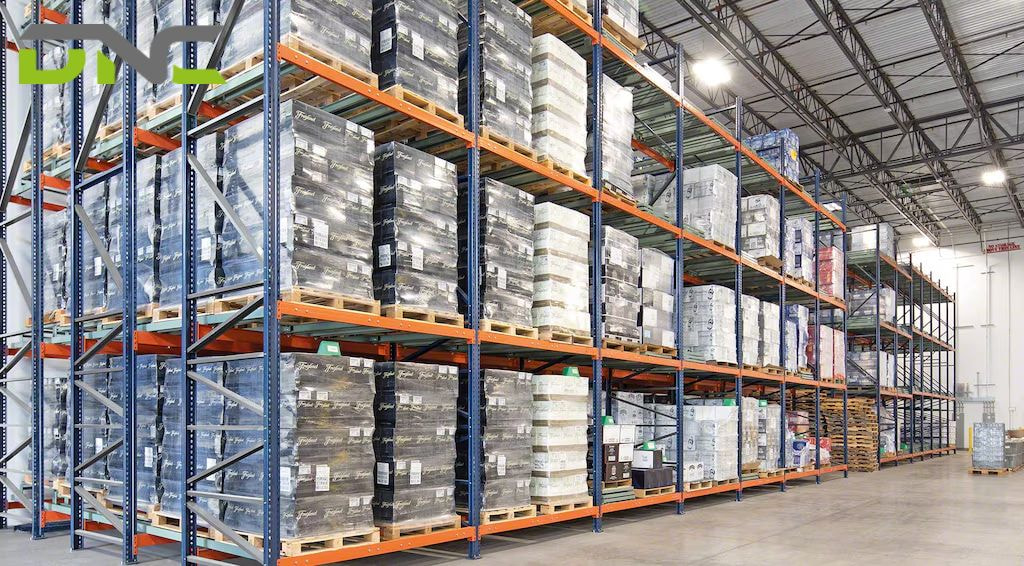
Push-back racking
Advantages
- Higher storage density than selective racking.
- Reduces aisle space requirements.
- Fast loading and unloading with fewer forklift movements.
- The price range is quite reasonable: $180–$300 per pallet position
- Suitable for packaged foods, bottled beverages, automotive parts, and seasonal goods.
Disadvantages
- Not compatible with FIFO inventory strategies.
- It can cause product damage if improperly loaded or maintained.
Drive-in racking
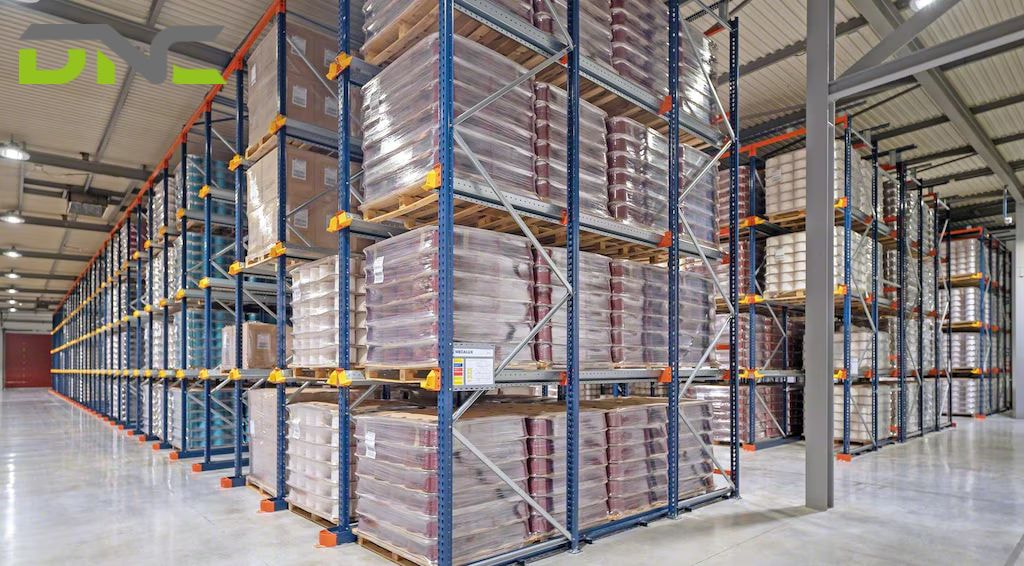
Drive-in racking
Advantages
- Maximize space by eliminating aisles.
- High density storage, ideal for low mix, high volume goods such as Frozen foods, beverages, large-scale retail stock, cement bags
- Cost savings per square foot.
- Reasonable initial investment cost of around $150–$250 per pallet position.
Disadvantages
- Limited access, only one SKU per lane.
- Higher risk of forklift damage if not operated properly.
How to choose the right warehouse shelving system?
There are many types of warehouse racking, and choosing the most appropriate racking system depends on a number of operational and logistical factors. Here are some criteria to consider when choosing the right racking system for your warehouse:
- Understand your storage requirements, including volume, siz,e and weight of products and inventory turnover rates (FIFO vs LIFO)
- Evaluate warehouse space and layout: you should accurately determine ceiling height and available floor spac,e as well as aisle width and forklift access.
- Consider product characteristics such as perishable, fragile, bulky or standardized goods, whether your inventory changes seasonally, etc.
- Evaluate the compatibility of handling and automation equipment related to ASRS, conveyors or WMS. Also, does the shelving need to support robotic or AGV picking…
- Budget for Cost and ROI: Compare short-term costs with long-term performance to determine a reasonable initial investment.
- 0 views
- 0 Comment



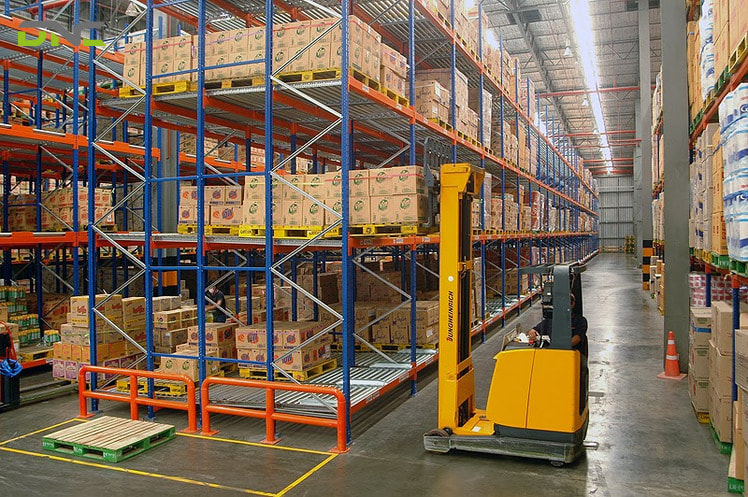
Recent Comments